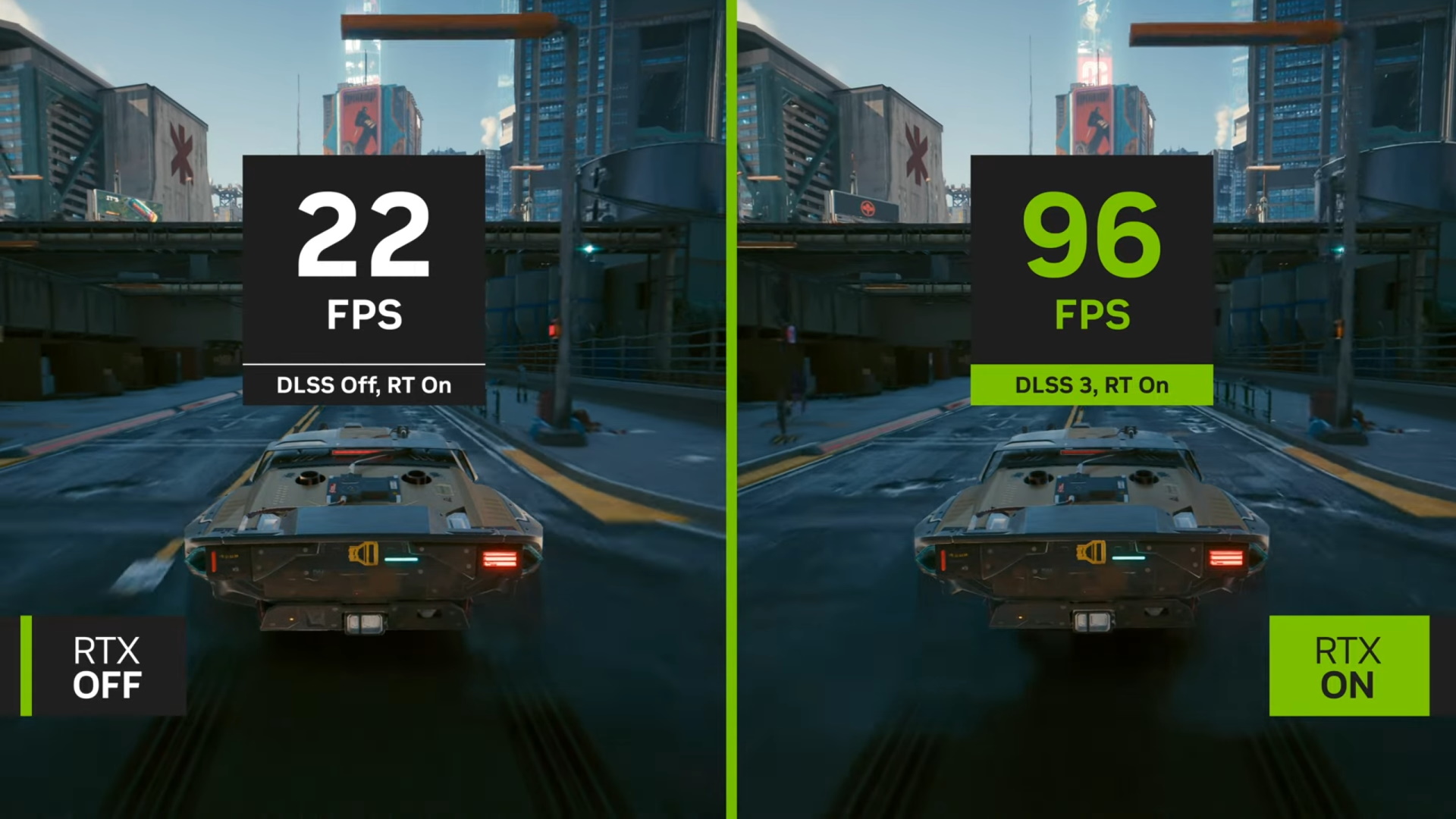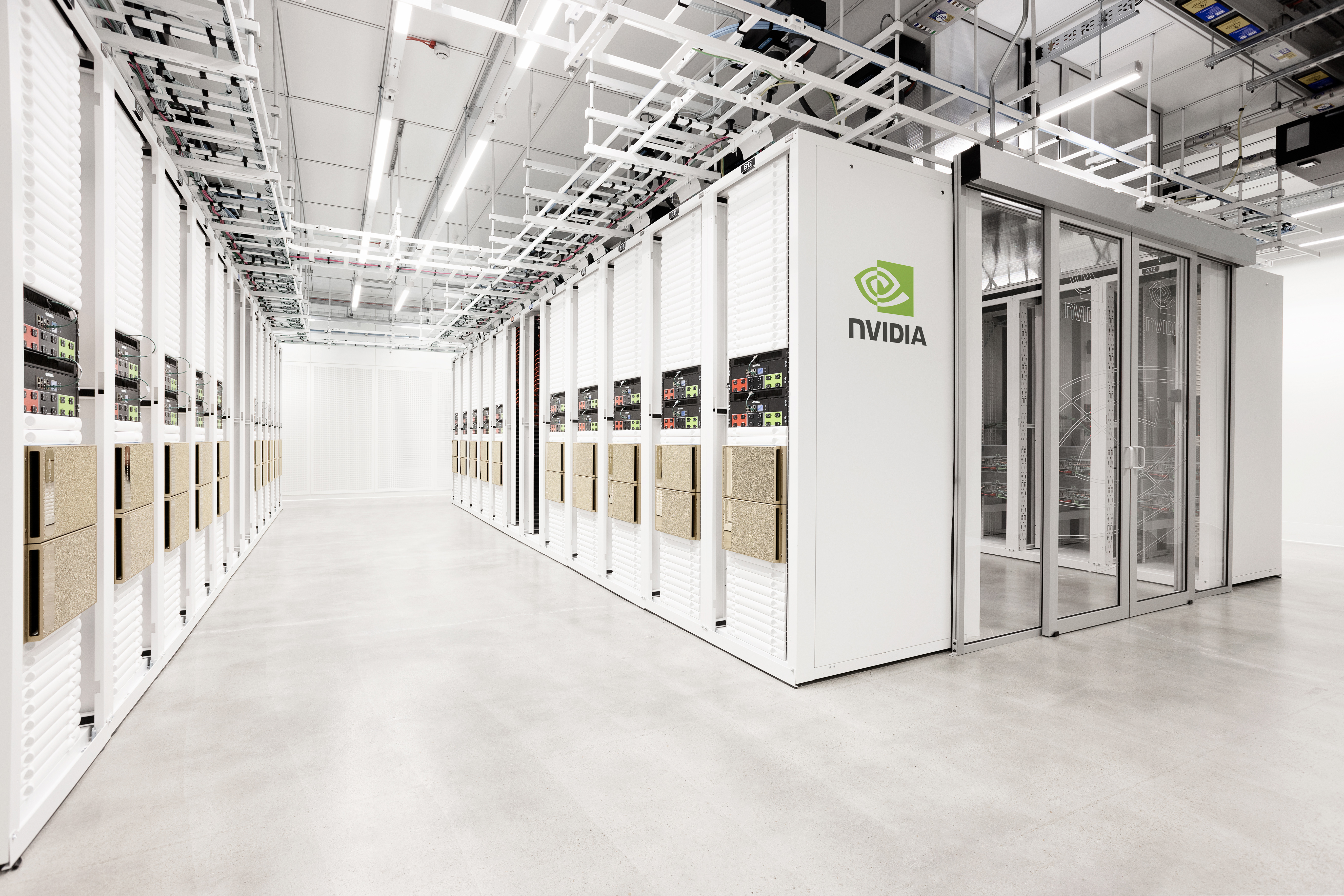What has Nvidia ever truly done for PC gaming?
However you might feel about the company, its impact is probably greater than you think.

Love 'em or loathe 'em, as a PC gamer you cannot possibly ignore Nvidia. Of the major gaming-relevant tech companies, Nvidia is without doubt one of the most influential. PC gaming would be far, far worse off without Nvidia.
Nvidia is also the company with arguably the sharpest elbows in the business. It is nothing if not incredibly pushy. But here's the thing. That corporate culture of pushiness is not only Nvidia's most obvious flaw, but also its greatest strength. It's two sides of the same coin.
The same impetus that motivates Nvidia to innovate relentlessly, to roll out new technologies more aggressively than the competition, also sees it seemingly attempt to actually flatten that competition and engage in some at least questionable commercial practices.
Latterly, that has most obviously meant frankly offensive graphics card pricing. But let's not get ahead of ourselves.
Upscaling with DLSS

First, let's consider some of the good stuff Nvidia has done. Take DLSS, or Deep Learning Super Sampling. When it first rolled DLSS out in 2018, it felt like a classic Nvidia move, a technology of debatable real-world value that existed as much for marketing purposes as to improve the gaming experience.
But several iterations on and it's hard to imagine high-end gaming without DLSS. It has become a fantastic tool for improving performance and image quality. Scaling is now a core feature of GPU technology. And with frame generation in DLSS 3, Nvidia has raised the bar yet again. Without Nvidia, scaling would barely be a thing at all and every major company is now following its lead.
Adaptive Sync with G-Sync
Nvidia was also critical in making adaptive refresh a default technology, too, with its G-Sync platform. Typically, Nvidia originally engineered its take on adaptive sync to lock users into the Nvidia ecosystem and drive GPU sales, a move that was as technically unnecessary as it was completely in character.
Keep up to date with the most important stories and the best deals, as picked by the PC Gamer team.
But here we are roughly 10 years on from the first Nvidia G-Sync announcement and you can't buy a gaming monitor or GPU that doesn't support adaptive refresh. Likewise, the ubiquity of adaptive refresh has forced Nvidia to enable broad compatibility with industry standards for its GPUs alongside its own proprietary G-Sync tech. Ideally, it would have made G-Sync open from the get go, but the end result is still a clear benefit for gamers.
Ray tracing
And what of Nvidia's push into ray-tracing technology? At launch, with the RTX 20 series, ray-tracing fit the tried and tested Nvidia technology template. Shiny shiny, totally locked down to Nvidia hardware, dubious real-world benefits.
Three generations on and maybe ray-tracing still isn't hugely compelling in terms of its impact on actual image quality in today's games. But it's being used in more and more games, and while it may not be a thing to hang a game around these days it's become almost the default high-end lighting setting in a modern game's config options. It's also surely on the way to replacing rasterization as the core technology for rendering lighting in games.
And we're equally sure that process wouldn't be nearly as far along without Nvidia. No-one else was going to take the plunge and bear the weight of early adoption to get to the point where every single GPU maker is now focusing on making sure that ray tracing capabilities are a core component of their design.
Intel made sure (and maybe regretted putting so much emphasis on it) for its first generation of Arc GPUs, and AMD is improving its own ray tracing performance with every new generation of Radeon cards.
AI

You can say the same for AI technologies in a broader sense. For now, it's a little tricky to see how Nvidia's big push into AI directly benefits PC gaming beyond the role it plays in DLSS—and even that is debatable given AMD has managed to produce fairly competitive scaling technology without using AI. But if history tells us anything, it's that when Nvidia leans into something, it usually ends up being very important.
There are plenty more areas of innovation we could debate, such as the doomed efforts around SLI and multi-GPU gaming, as well as stereoscopic 3D. It's regular funding of research has also lead to the pancake lenses which are starting to be used in VR headsets to make them smaller, more comfortable, and with sharper visuals.
But what of Nvidia's more ambiguously shady antics? Well, some would argue that its attempts to align certain games with Nvidia hardware has been bad for PC gaming in general. There has also been some public consternation about its marketing practices with manufacturers, which eventually lead to Nvidia shuttering its GeForce Partner Program in 2018 to put an end to what it described as the "rumors, conjecture and mistruths" surrounding the program.
EVGA also recently publicly went on record about the reasons for its own departure from the graphics card market, citing working with Nvidia as a contributing factor in its decision.
You cannot have Nvidia's yin without its yang.
Nvidia also has a rather ugly track record when it comes to attempts to punish media outlets for not subscribing to its preferred narrative. Banning YouTube channels from the review cycle (and then hastily unbanning them) for not giving ray-tracing enough coverage is exactly the sort of pointless, counterproductive, and petulant behaviour that tarnishes the Nvidia brand.
Nvidia's product positioning can sometimes seem expressly intended to offend gamers, too. Nvidia pushed things so far with the RTX 4080 12GB recently, the backlash forced Nvidia to cancel the card before it had even been released.
As an outsider, much of if not all of this seems to derive from the character and energy of Nvidia's iconic founder and CEO. Without direct personal experience of Jen-Hsun Huang, character commentary is by definition derivative and speculative. But the man certainly seems to ooze a very specific sort of passionate, though combative energy from every pore. It's not hard to see the parallels between Huang's persona and how Nvidia the corporate beast goes about things.
All of which is really to say that while it might be terribly easy to dislike Nvidia at times, not only is it a fantastic company that has pushed gaming technology forward in a manner few others can match, but those benefits are a consequence of the very same factors that make Nvidia seem like the villain at times. You cannot have Nvidia's yin without its yang.
Right now, with GPU prices sky high, admittedly it's maybe hard to fully appreciate the benefits Nvidia brings. But in the long haul, and as much as it pains me to say this, we're all better off thanks to Nvidia, warts and all.
Best CPU for gaming: Top chips from Intel and AMD
Best gaming motherboard: The right boards
Best graphics card: Your perfect pixel-pusher awaits Best SSD for gaming: Get into the game first

Jeremy has been writing about technology and PCs since the 90nm Netburst era (Google it!) and enjoys nothing more than a serious dissertation on the finer points of monitor input lag and overshoot followed by a forensic examination of advanced lithography. Or maybe he just likes machines that go “ping!” He also has a thing for tennis and cars.


